Solar Cell Technology: Monocrystalline vs Polycrystalline vs Thin-Film
Solar Cell Technology: Monocrystalline vs Polycrystalline vs Thin-Film
Solar cells based on solar cell technology can be classified as:
- Mono crystalline solar cell
- Poly crystalline solar cell
- Thin film solar cell
Mono crystalline solar cell
Mono Crystalline solar cells are produced by wafers of highly pure single Si crystal. Metallurgical grade silicon is purified to form semiconductor grade silicon. These solar cells have highest efficiency of around 20%. Due to the high efficiency, mono crystalline cell require less space to generate more power. The cost of Mono crystalline cells is very high compared to other technologies.
Mono crystalline cells are highly vulnerable to temperature effects. This technology is well developed and gives a stable power output. Mono crystalline cells have less power degradation over time when compared to other solar cell technology.
Poly crystalline solar cells
Poly crystalline solar cells are produced from various small crystals pieced together. These solar cells have an efficiency of around 16%. The cost of poly crystalline cells is apparently less than mono crystalline solar cells. The technology is well developed and is being mostly used in the solar pv market today.
Poly crystalline cells are easily available in the market. They require less space to generate more power. Poly crystalline cells experiences high impact of temperature variations. Poly crystalline cells have high power stability.
Thin film solar cells
Thin film solar cells use have increased in India drastically in last two three years. In thin film solar cell technology, very thin layers of semiconductor material are deposited on to either coated glass or stainless steel or a polymer. Thin film cell is the cheapest cell technology when compared to mono and poly crystalline cell technologies.
These cells however have less efficiency of around 12%. This type of solar cell requires more area to produce same power as by mono / poly crystalline solar cells. Thin film solar cells face lesser impact of temperature variation. Thin film solar cell has little higher degradation of power, when compared to other solar cell technology. There is no requirement of cooling, since they have less effect of temperature variations.
| Technology | Cost | Efficiency |
| Mono crystalline | High | High |
| Poly crystalline | Medium | Medium |
| Thin Film | Low | Low |
Suggested Articles
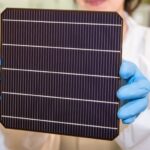
Perovskite: Future of Solar Cells
Discover how solar batteries store excess energy, maximize your solar system’s efficiency, and provide reliable power during outages. Learn about the types, benefits, lifespan, and maintenance tips to make the most of your solar investment.
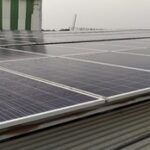
How Are Solar PV Modules Made? Complete Guide to the Manufacturing Process
Choosing the right solar panels can be confusing with so many options in the market. This guide simplifies solar panel selection by comparing types, efficiency ratings, and cost factors. Whether for your home, business, or industry, learn how to make an informed decision and maximize the return on your solar investment.
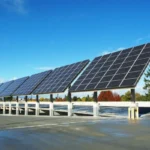
Should You Switch to Solar in India? Complete Guide
India has become a hot-selling solar market and people are interested in installing solar systems in their homes as well as in industries and factories.
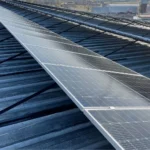
BOOT vs PPA Explained: Find the Best Way to Finance Your Solar Plant
Choosing between the PPA and BOOT models can significantly impact your solar savings. This guide compares both financing options to help businesses make the right decision.

Maintenance Of Solar Power Plant in India: Everything You Need to know
Proper maintenance is key to maximizing the efficiency and lifespan of solar power plants in India. Learn essential tips, best practices, and common maintenance tasks.

Group Net Metering for Solar Projects: A Smart Way to Maximize Solar Energy Generation
Discover how group net metering allows multiple participants to share solar energy from a single project, reduce electricity bills, and enhance solar efficiency.

Industrial Solar Plants with Diesel Generator Backup: What You Need to Know
Discover how industries can efficiently run rooftop solar plants alongside diesel generators (DG). Learn the benefits, setup tips, and hybrid system strategies to ensure uninterrupted power and maximize energy savings.
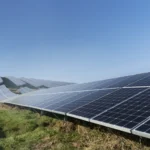
China’s Solar Industry Poised for Continued Growth in 2023 and Beyond
China’s solar industry is set for continued growth in 2023 and beyond, driving global renewable energy expansion and technological advancements.
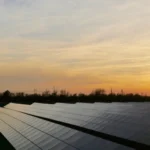
1 MW Solar Plant Cost in Haryana | A Complete Guide
Planning a 1 MW solar power plant in Haryana? This guide covers complete 2025 cost details, subsidy schemes, ROI, and savings potential for industrial users.

Everything You Should Know About Solar Batteries
Discover how solar batteries store excess energy, maximize your solar system’s efficiency, and provide reliable power during outages. Learn about the types, benefits, lifespan, and maintenance tips to make the most of your solar investment.